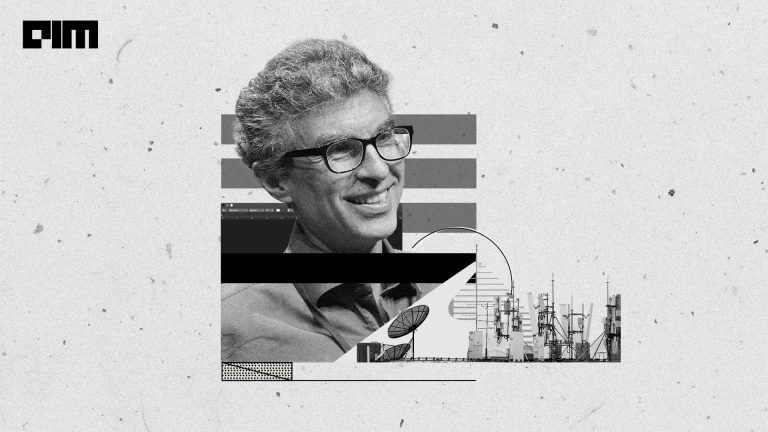“According to the filing, the inventors claimed that capsule networks can be used in place of conventional convolutional neural networks.”
Looks like Google won’t be stopping its infamous patenting spree anytime soon. Earlier this month, Google filed a patent for capsule networks. Turing award recipient and Google researcher Geoff Hinton was named amongst the list of inventors in the filing. After trying to patent Drop Out and batch normalisation, Google once again eyes another popular machine learning technique.
Overview Of Capsule Networks
According to the patent filed, the inventors claimed that capsule networks can be used in place of conventional convolutional neural networks for traditional computer vision applications. Capsule networks are aimed at alleviating the extra dimensionality which surfaces with a convolutional neural network. The three main contributions of capsule networks are vector outputs, squash function and routing.
You can read a more detailed explanation and implementation here.
In short, capsule networks not only figure out the feature, say, eyes and nose of a face but also their position. Positioning of a feature is crucial to classifying objects for computer vision tasks. A cat has more chances of being classified as a cat with capsule networks as it is associated with the position of whiskers, and it does this in fewer steps compared to a CNN.
If they are that good, why haven’t we heard of them lately? “They aren’t quite dead yet,” quipped Google Brain team in one of the popular ML forums when asked about progress. They also explained that they have been working on speeding up capsules so that they can address real-world problems. This requires a fair amount of low-level optimisation. They also claimed that capsule networks have been used for medical images, text and audio.
“We still believe that they are the way to go, and we keep finding interesting properties about them, but more work is needed for them to scale up to real-world problems and become a standard tool in the ML toolbox,” the team added. However, the number of research papers produced on these networks compared to other popular ones like GANs, are relatively non-existent!
But, it looks like Google somehow is optimistic about Capsule networks.
Why Go For Patents At All
According to the National Bureau of Economic Research study, there were 145 US patent filings that mentioned machine learning back in 2010 compared to 594 in 2016. Google, especially, has filed 99 times in patents related to machine learning and neural networks, in 2016 alone.
There is no denying the fact that Google AI has been pioneering even before machine learning became a worldwide phenomenon. Their technology is being used to empower lives across the world. However, a large half of the machine learning community is still sceptical of Google’s consistent claim of ownership.
Tech pioneers like Google, Amazon, Microsoft and others have insisted their intention behind open-sourcing their technology. However, there has been a rise in trend where these tech giants claim ownership for their innovations.
Well, there are two sides to this—the obvious one is getting rich off the ownership. The second, the subtler reason is to keep the patent trolls at bay and to stop someone else from claiming your work. In case of AI, however, most of the ideas usually boil down to mathematical operations. So, it would be tricky to patent an idea unless the researchers show that their algorithm or software completely changes the way hardware functions.
“One should not be allowed to patent deep learning,” warned Dr Schmidhuber when we asked about Ian Goodfellow’s interest in adversarial training. “I am not a patent attorney. However, one should not be allowed to patent uncited prior art published by others.” In this argument Dr Shcmidhuber borders around the improper citation. However, if the word, ‘prior-art’, is to be considered seriously, then most of the deep learning patents can run into trouble as mathematics is at least more than a century old.
Capsule networks promise feature detection superior to traditional networks. Low noise, highly accurate predictions are central to running machine learning workloads on edge devices. If Google manages to scale capsule networks for real-world applications, then this patent will definitely place them in the upper echelons of the computer vision industry.




















































































